
HOSTS- Jeremy Burns, Matthew Scott Phillips
TYPE- Ear Training
DURATION- 76:52
BUMPER MUSIC- "Metal Adjacent" (Area 47)
ANNOUNCER- Mike Cunliffe
The Neapolitan chord is a great tool for modulation and for adding intrigue to any chord progression. In this episode, we will talk about it. We will listen to it. We will test our ears and their ability to identify it!

The following examples reflect the opening examples on episode 127. Though the arrangement of notes may not be 100% accurate, the progressions will be the same.



Let's take four listens to identify this chord progression. Below is a good strategy on how to use your listens wisely for each time the progression is played.
1st LISTEN-THE BASS
Use this listen to focus on the bass line. In our first example, we hear the following scale degrees in the bass, beginning with scale degree 1. We are in the key of G major. So this will begin with a G note:
1 - 4 - 5 - 1
Notate it!

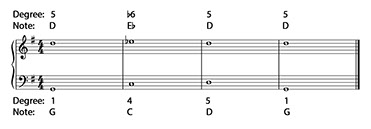
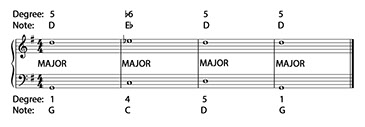
4th LISTEN-CONFIRMATION
Ideally, this listen will be your confirmation listen. Check out all the voices you filled in and make sure they make sense with what you're hearing.
Here's what it will look like:

NOW LISTEN AS WE APPLY THIS APPROACH TO THE NEXT EXAMPLES
-When trying to determine which scale degree is in the highest voice, try singing down the scale from that note. If you feel you've reached the TONIC on the 3rd note down, that note is the 3rd. If you can keep going, perhaps not.
-Try practicing progressions using these chords, using CHORALE or KEYBOARD styles.
-Don't neglect the MINOR keys while working on these progressions.
-Try to get good at singing "in your head" or to your self. When you hear a chord, try to arpeggiate the notes in your head.
-Try to get good at identifying the bass lines when listening to music. These will be the first that you will want to identify when taking your listening exams.
-Budget your listens wisely. First identify the lowest notes. Second, identify the highest notes. Use the third listen to engage your theory brain and then the fourth to confirm.
